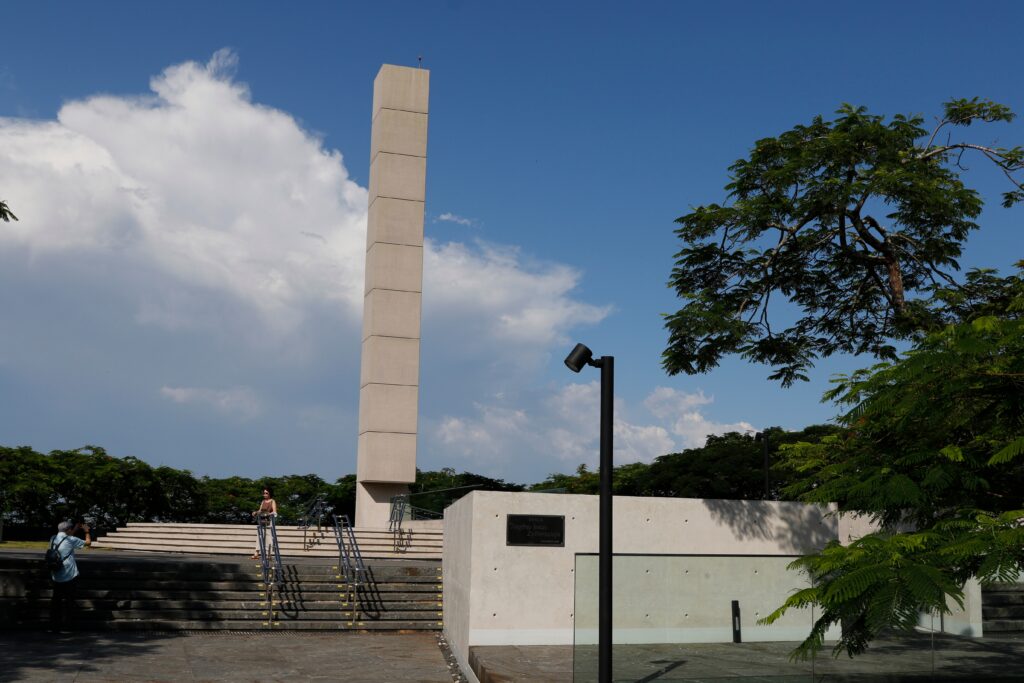
Holocaust Remembrance: By the Numbers
On the eve of International Holocaust Memorial Day which will be commemorated on Saturday, the Conference on Jewish Material Claims Against Germany, known as the Claims Conference, published a report revealing that the number of Holocaust survivors remaining to bear witness has shrunk to less than 245,000. This is less than half the 564,000 Holocaust survivors reported in 2000.
January 27 is the anniversary of the liberation of Auschwitz-Birkenau and, as such, was designated by the United Nations in 2005 as the International Day in Memory of the Victims of the Holocaust. The day remembers the killing of six million Jews, two-thirds of Europe’s Jewish population, and millions of others by the Nazi regime and its collaborators.
The current population of survivors, born between the years 1912 and 1945, ranges in age from 77 years to over 100 years. Just over half a percent are over 100 years old. The median age of 86 years divides the population into two groups, half younger and half older. The majority (95%) are child survivors who were born after 1928. Seventy-five percent of survivors were between the ages of 3 and 12 years in 1945. Consistent with general demographic trends associated with older adults, a majority of survivors are women (61%). The ratio of men per 100 women is 64.

The Demographic Overview summarizing data on the demographic composition of known Holocaust survivors worldwide as of August 2023 summarized the situation:
- There are an estimated 245,000 Holocaust survivors in over 90 countries worldwide.
- Nearly half (49%) of all survivors reside in Israel.
- 18% reside in Western Europe, with 9% of all survivors worldwide residing in France.
- 18% reside in North America, with 16% of all survivors residing in the United States.
- 12% reside in countries of the former Soviet Union (FSU).
- The current population of survivors is between 77 and over 100 years of age, born between the years of 1912 and 1946, with a median age of 86 years. (This includes a small number who were in utero in 1945 and born in early 1946.)
- The majority (95%) of these individuals are child survivors who were born between 1928 and 1946.
- The majority of survivors are female (61%) compared to male (39%).
- As a result of the Claims Conference’s successful negotiations with the German government over the years, nearly 40% of survivors receive monthly payments while the rest are eligible for one-time or annual payments.
- Nearly two-thirds of survivors (62%) received at least one payment under the “Hardship Fund Supplemental Payment Program.”

- With a median age of 86 years and 20% over the age of 90 years, many Holocaust survivors are in, or are approaching, a period of life characterized by increasing costs of care. Among the current population of survivors, 40% are currently receiving services from agencies that are funded through grants administered by the Claims Conference.
- Of all survivors, 90% have received some compensation from Germany, with 35% receiving monthly pensions, according to the report by the Claims Conference, which acts as the representative in compensation talks and negotiations with Germany.
- 90% of all documented Holocaust survivors worldwide were in direct communication with the Claims Conference during 2022 to 2023.The Claims Conference allocated more than $812 million in social welfare payments for survivors in 2023, an increase of nearly $100 million from 2022.
- Most Holocaust survivors alive today (47%) were born in the former Soviet Union. Twenty-one percent of survivors were born in Africa, primarily in Morocco, Algeria and Tunisia. Twenty-two percent were born in Eastern Europe, including Romania, Hungary, Poland, Czechoslovakia and Yugoslavia. Approximately 10% were born in Western Europe, including France, Germany, Austria and Netherlands. A very small number of survivors were born outside of these regions. This includes those born in Shanghai and others who were born elsewhere but who lived in affected countries during the period of Nazi persecution.
Israeli soldiers are risking their lives to protect us all from Islamic terrorism. But they need our help. Sign up for Israel365 Action to receive updates on how YOU can help fight Hamas and its supporters in the United States and around the world.
The post Holocaust Remembrance: By the Numbers appeared first on Israel365 News.
Israel in the News